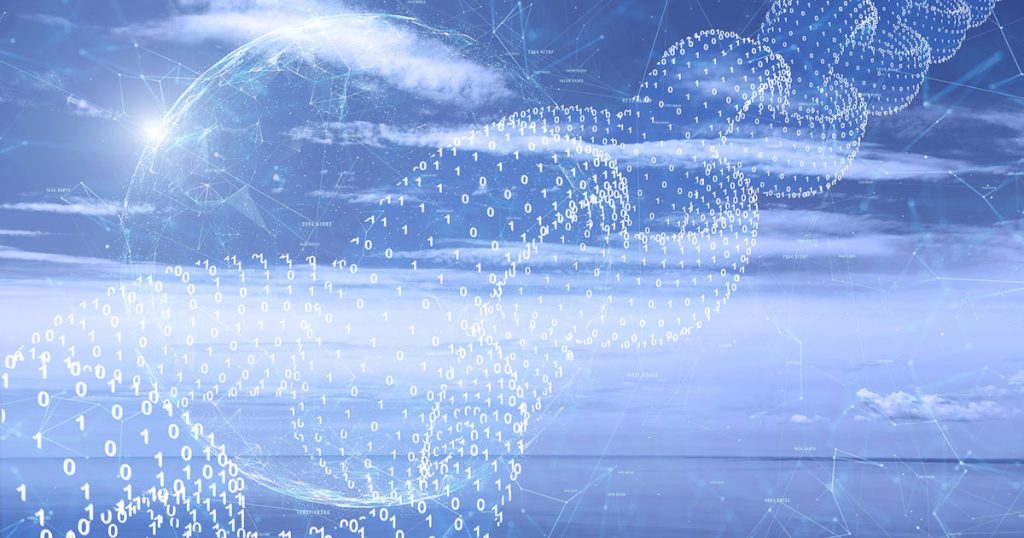In this blog installment, Steve Lentz, Director of Network System Science and Engineering at Ocean Specialists (OSI), comments on a recently published NATO research paper which discusses the security of undersea telecommunication cables and explores solutions to this threat.
Many of you will have read the recent press release put out by the International Cable Protection Committee (ICPC) regarding the Security of Underwater Cables. Some will have gone to the source and looked at the NATO STO paper that is discussed. The security of submarine cables is an important, or even essential topic for discussion and the STO paper does a good job of laying out the risks and proposes some solutions.
On the one hand, the world’s submarine cables have never been more secure. Information presented at the ICPC 2019 plenary shows the fault rate per 1,000 km to be static or slightly decreasing over the last decade, despite the growth in the total length of cables in service. As more cables are installed, we might expect some of them to be in less ideal locations and the fault rate to go up, but this is not the case. On the other hand, the economic, social and political tensions continue to make the world an uncertain place and submarine cables could become an inviting target.
Concerns about the safety of the world’s submarine cables have been raised before, most notably in the ROGUCCI report published in 2010. In the decade since, we have seen a number of high-profile cable outages, but nothing that would indicate the overall cable infrastructure is under imminent threat. The diversity and robustness of the world’s cable networks remain intact.
So, what are we to do? The authors of the STO paper propose a number of complex and expensive methods for monitoring. Having constructed sensor platforms for science and worked for many years to integrate sensors into telecom cables, I can say that neither of these is quick nor easy. Equipping even a fraction of the world’s 1.2 million kilometers of cable with limited sensor capability would be a huge undertaking. Then, the sensor platforms would need to be operated and maintained and none of this addresses the response to any events. If a cable were threatened with damage or tampering, who will get there in time to stop it? Although there are certainly some areas that might benefit from increased surveillance, such as landing sites and straits where many cables converge, this does not seem practical on a wide scale.
The recent arrival of commercially available Distributed Acoustic Sensing (DAS) systems would seem to be a much less intrusive and feasible approach. DAS can monitor the land cable and near shore segments of a cable for nearby activity, intrusion, and tampering. The cost, while not insignificant, is small when compared to the overall cost of a cable system. Most importantly, the benefits (avoiding even one outage or repair) can outweigh the costs.
Finally, we return to the idea of sensor enabled cables. The SMART cables working group remains active and there is continued interest in adding seismic and tsunami sensors to cables. These sensors are not intended to protect cables, although they could potentially provide information that could be used to improve routing of future cables or repairs. Among the principles of SMART cables are requiring no changes to standard installation methods and requiring no maintenance intervention. Even with these principles in place, cable owners have been reluctant to endorse the idea of sensor enabled cables.
Clearly, continued discussion is needed as we find our way forward, about both the use of sensors to protect cables and sensors for other purposes. Submarine cables are hugely successful as they stand, and this argues for making as few changes as possible. But success can breed complacency and we should always be on the look-out for potential disruptions and the means to respond to them.
To learn more about Ocean Specialists’ Cable Network Development, Operations and Maintenance capabilities, which includes a wide range of Remote Support Services, email: connect@oceanspecialists.com.
